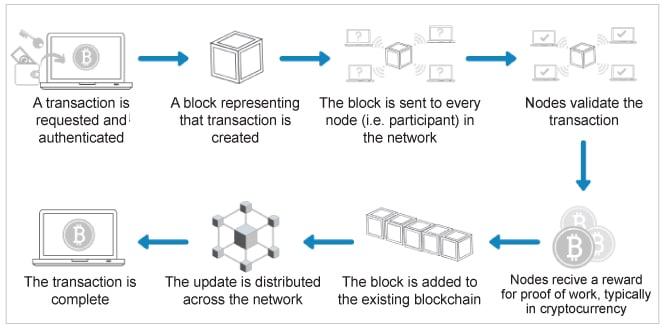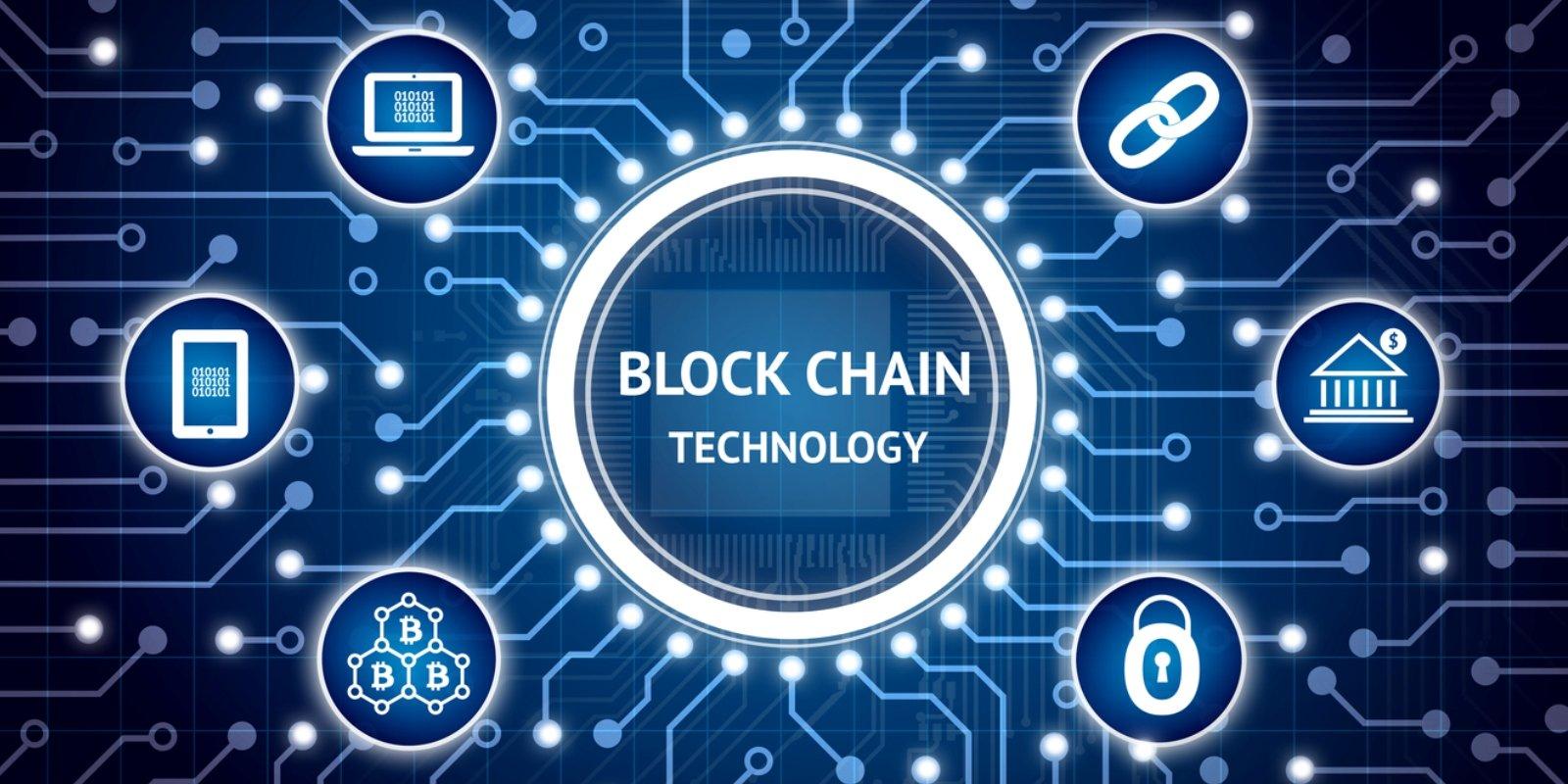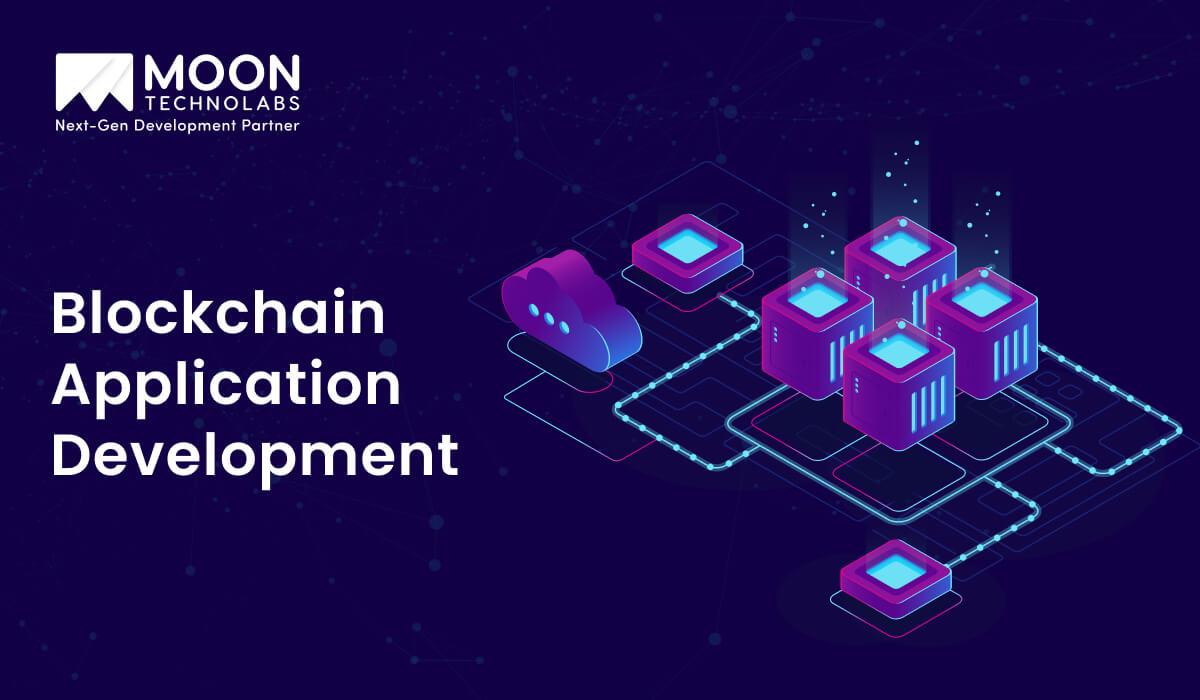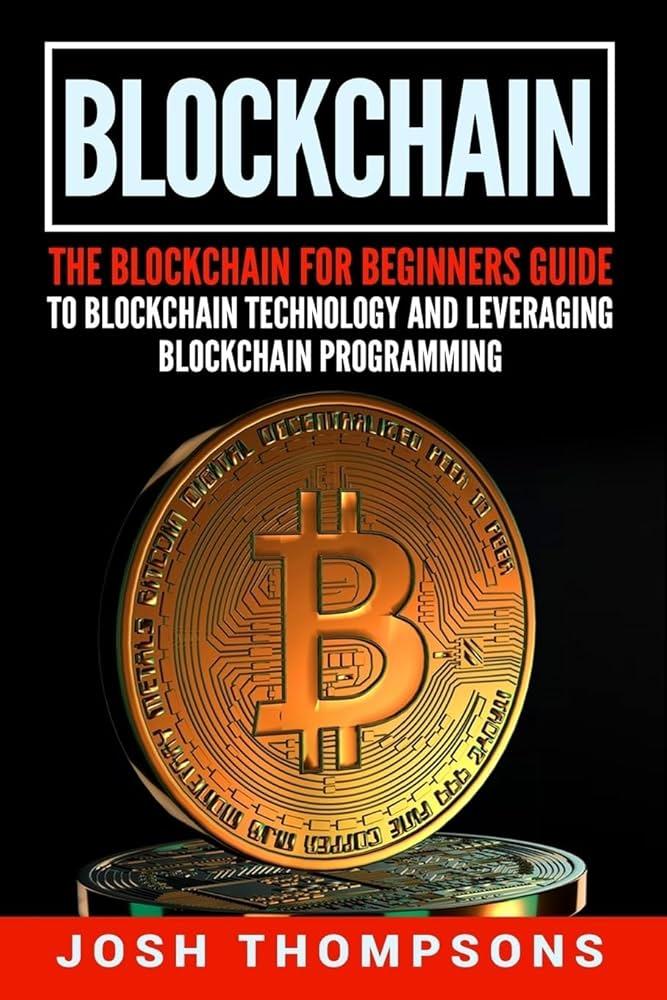In a world where digital innovation is reshaping the way we live, work, and connect, blockchain technology stands out as a groundbreaking force with the potential to transform industries far beyond its origins. From securing financial transactions to enabling transparent supply chains, this enigmatic technology has sparked curiosity and excitement alike. But what exactly is blockchain, and why does it matter? This beginner’s guide aims to demystify the core concepts behind blockchain technology, offering a clear and approachable introduction for anyone eager to understand how this digital ledger works—and why it could be the key to the future of trust and transparency.
Introduction to Blockchain Fundamentals
The revolutionary potential of decentralized networks lies at the heart of today’s digital transformation. At its core, blockchain operates as a distributed ledger—a continuously growing list of records, called blocks, that are securely linked using cryptography. This architecture ensures unparalleled transparency and security, making it challenging for malicious actors to alter facts once recorded.
Key attributes that define this technology and fuel its widespread adoption include:
- Decentralization: Removal of centralized control by distributing data across a network of nodes.
- Immutability: Once data is recorded, it cannot be easily modified or deleted.
- Consensus Mechanisms: protocols like proof of Work (PoW) or Proof of Stake (PoS) that validate transactions collectively.
Understanding the interplay of these elements reveals why blockchain has become the backbone for financial services, supply chain management, and even digital identity verification. For a detailed official technical overview, visit the Ethereum Foundation.
| Feature | Benefit |
|---|---|
| Distributed Ledger | Eliminates single point of failure |
| Cryptographic Hashing | Ensures data integrity and security |
| Smart Contracts | Automates agreements without intermediaries |

Decoding the Mechanics Behind Blockchain Networks
At its core, the power of blockchain lies in its ability to create a decentralized and immutable ledger. Each participant in the network holds a copy of this ledger, ensuring transparency and reducing the risk of fraud or data manipulation. Transactions are bundled into blocks that get validated by consensus algorithms, such as Proof of Work or Proof of Stake, before being permanently linked to the chain.
Understanding the key components helps demystify how the system operates:
- Nodes: Independent computers maintaining copies of the blockchain.
- Consensus Mechanisms: Protocols ensuring all nodes agree on transaction validity.
- Cryptography: Techniques securing data with cryptographic hashes and digital signatures.
| Component | Function | Example |
|---|---|---|
| Node | Stores blockchain copy & participates in validation | Bitcoin miners |
| Consensus Mechanism | ensures agreement on data integrity | Proof of stake (Ethereum 2.0) |
| Smart Contracts | Automates agreements without intermediaries | Ethereum |
For a deeper dive into the nuances of consensus algorithms, the National Institute of Standards and Technology (NIST) offers complete resources. Meanwhile, the Ethereum Foundation provides valuable insights into smart contract functionality and consensus shifts.

Exploring Real-World Applications and Use Cases
Blockchain’s transformative power goes far beyond cryptocurrency—it’s reshaping diverse sectors by introducing unparalleled transparency, security, and efficiency. In supply chain management,for instance,blockchain enables real-time tracking of goods,ensuring authenticity and reducing fraud. This not only streamlines logistics but also builds consumer trust by providing easily accessible product histories.
Healthcare is another arena where blockchain’s potential shines. By maintaining secure and immutable patient records, it facilitates seamless data sharing among authorized professionals while safeguarding sensitive information. This integration can drastically reduce medical errors and enhance personalized care. Similarly, in the realm of voting systems, blockchain offers the promise of tamper-proof digital elections, fostering greater confidence in democratic processes.
| Industry | Key Use Case | Primary Benefit |
|---|---|---|
| Finance | Cross-border payments | Speed & cost reduction |
| Real Estate | Property title management | Fraud prevention |
| Energy | Peer-to-peer energy trading | Decentralization & sustainability |
Across these use cases, one underlying factor remains clear: blockchain’s ability to eliminate intermediaries fosters trust through decentralization and transparency. For more in-depth insights into blockchain’s impact on industries, World Economic Forum offers extensive resources. Additionally, to understand how blockchain is influencing finance globally, consult Investopedia’s Blockchain Guide.

Challenges and Future Prospects in Blockchain technology
Despite the revolutionary potential of blockchain, it faces notable obstacles that slow its adoption.Scalability remains a primary concern, as many blockchain networks struggle to process large volumes of transactions quickly and cost-effectively. developers are actively exploring solutions such as
| Challenge | Proposed Solution | Impact Timeline |
|---|---|---|
| Scalability | Layer-2 Scaling & Sharding | Short to Mid-Term |
| Regulation | Global Legal Frameworks | Mid to Long-Term |
| Security | Advanced Auditing Tools | ongoing |
For those eager to dive deeper, resources like the Blockchain Learning Portal offer insightful, up-to-date information on this rapidly evolving field.

Practical Tips for Getting Started with Blockchain Development
Embarking on a journey into blockchain development begins with immersing yourself in the essential tools and frameworks that shape the ecosystem. Start by exploring Ethereum’s developer resources to grasp smart contract programming with Solidity. To truly understand how transactions are handled on decentralized ledgers, setting up a local blockchain surroundings like Ganache or leveraging test networks such as Ropsten allows you to experiment safely without the risk of losing real assets.
Next, mastering the integration of blockchain with frontend applications is critical. Frameworks like Web3.js or Ethers.js enable seamless communication between your decentralized request (dApp) and the blockchain. Keep in mind the importance of version control and dependency management to sustain your development flow — tools like Truffle Suite or Hardhat provide robust testing and deployment pipelines that streamline building, compiling, and migrating your contracts.
| Step | Recommended Tool | Purpose |
|---|---|---|
| Set up local blockchain | Ganache | Testing and simulation environment |
| Write smart contracts | Solidity | Contract programming language |
| Develop frontend communication | Web3.js / Ethers.js | Blockchain interaction libraries |
| Manage deployment | Truffle / Hardhat | Testing & deployment framework |
- Stay updated by following key blogs and community resources, such as the Consensys Blog, which regularly publishes insights and industry trends.
- engage with the community on forums like ethereum Stack Exchange to seek guidance and share knowledge.
- Build incrementally by starting with simple contracts and gradually incorporating more complex features like Oracles or Layer 2 solutions.
Key Takeaways
As we close this beginner’s guide to blockchain technology, remember that what once seemed like an enigma is now a powerful tool shaping industries and redefining trust. Blockchain’s potential stretches far beyond cryptocurrencies—it’s a lesson in transparency, security, and innovation rolled into one digital ledger.Whether you’re a curious mind or a future developer, understanding blockchain is your first step into a world where information flows freely yet securely. Embrace the learning curve, and let this technology inspire you to explore new possibilities in our increasingly connected future.





